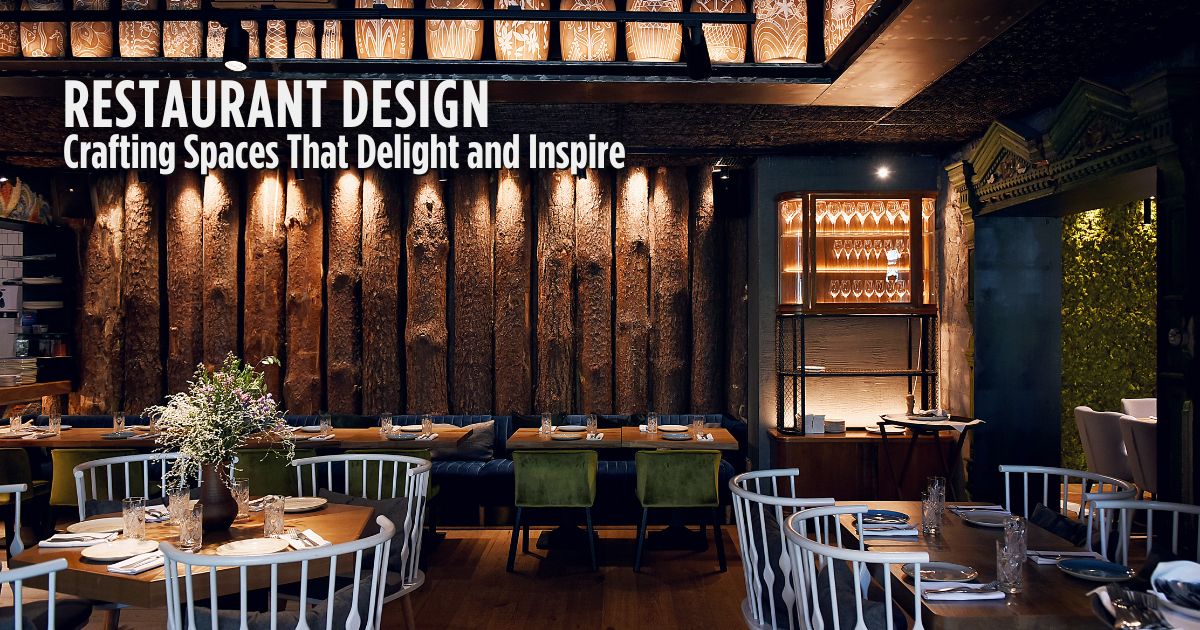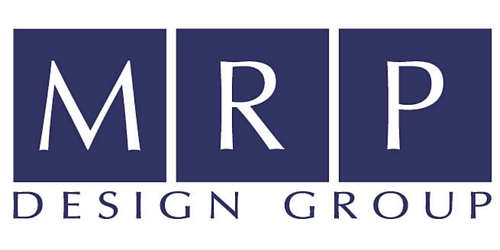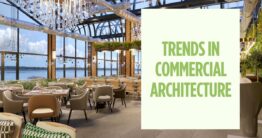
In the ever-evolving world of hospitality, restaurant design has become a crucial element in creating memorable dining experiences. As customers increasingly seek not just great food but also an immersive environment, restaurateurs and designers are exploring new trends that blend aesthetics, functionality, and innovation. In this blog post, we’ll delve into some of the most significant trends shaping restaurant design today.
Embracing Local Culture and Heritage
One of the most prominent trends in restaurant design is the emphasis on incorporating local culture and heritage into the space. This approach goes beyond mere decoration; it’s about creating an authentic connection with the community. Designers are using local materials, traditional craftsmanship, and regional art to infuse the restaurant’s identity with a sense of place. This trend resonates particularly well with diners who value authenticity and seek to experience the local flavor in every aspect of their visit.
Sustainability at the Forefront
Sustainability is no longer just a buzzword—it’s a fundamental aspect of modern restaurant design. From using reclaimed materials and energy-efficient lighting to incorporating green roofs and living walls, designers are finding innovative ways to reduce the environmental impact of their projects. Restaurants are also prioritizing waste reduction by integrating composting systems and sourcing locally-produced, sustainable furniture. This trend not only appeals to eco-conscious diners but also helps restaurants operate more efficiently and responsibly.
Flexible and Multi-Functional Spaces
As the restaurant industry adapts to changing customer behaviors and needs, flexibility in design has become essential. Restaurants are increasingly incorporating multi-functional spaces that can easily transition from a bustling lunch spot to an intimate evening venue. Movable walls, modular furniture, and adaptable lighting are key elements in creating spaces that can cater to different dining experiences throughout the day. This trend is particularly important in urban environments, where space is often at a premium.
Open Kitchens and Chef’s Tables
Transparency in the culinary process is a growing trend in restaurant design. Open kitchens and chef’s tables bring diners closer to the action, creating a sense of theater and engagement. This design choice allows customers to witness the craftsmanship that goes into their meals, fostering a deeper appreciation for the culinary art. It also adds an element of trust, as diners can see the cleanliness and professionalism of the kitchen staff.
Technology-Integrated Dining
The integration of technology into restaurant design is transforming the dining experience. From digital menus and self-service kiosks to tables with embedded charging stations, technology is being used to enhance convenience and efficiency. Some restaurants are even incorporating augmented reality (AR) elements, allowing customers to interact with their surroundings in novel ways. While technology is playing a bigger role, it’s essential for designers to strike a balance between innovation and maintaining a warm, human-centric atmosphere.
Minimalism and Simplicity
In contrast to the vibrant, maximalist designs of the past, there is a growing trend toward minimalism in restaurant interiors. Clean lines, neutral color palettes, and uncluttered spaces create a calm, serene environment that allows the food—and the dining experience—to take center stage. This trend aligns with the broader cultural shift towards mindfulness and simplicity, where less is more, and every design element serves a purpose.
Indoor-Outdoor Blurring
The desire to connect with nature is leading to a design trend that blurs the line between indoor and outdoor spaces. Large windows, retractable walls, and open-air dining areas invite natural light and fresh air into the restaurant, creating a more inviting and dynamic environment. This trend of “biophilic design” is particularly popular in climates that allow for year-round outdoor dining, but even in less temperate regions, designers are finding creative ways to incorporate natural elements.
Artisanal and Handcrafted Elements
As a counterpoint to the increasing presence of technology, there’s a strong trend towards incorporating artisanal and handcrafted elements into restaurant design. Custom-made furniture, hand-painted murals, and locally-sourced decor items add a unique, personal touch to the space. These elements reflect the growing appreciation for craftsmanship and the desire to create environments that feel bespoke and carefully curated.
Comfort and Coziness
While sleek and modern designs continue to dominate, there’s also a significant trend towards creating cozy, comfortable spaces. Soft lighting, plush seating, and warm color schemes are being used to make restaurants feel more like home. This trend is particularly prevalent in smaller, independent establishments that aim to create a welcoming, intimate atmosphere where diners can relax and enjoy their meal at a leisurely pace.
Themed Environments
Themed restaurants are experiencing a resurgence as diners seek out unique and immersive experiences. Whether it’s a retro diner, a tropical oasis, or a high-concept fantasy setting, themed environments allow restaurants to stand out in a crowded market. Designers are embracing the challenge of creating cohesive, imaginative spaces that transport diners to another time or place, making the meal an experience to remember.
Conclusion
The world of restaurant design is constantly evolving, driven by changes in consumer behavior, advances in technology, and a growing emphasis on sustainability. By staying attuned to these trends, restaurateurs and designers can create spaces that not only attract customers but also leave a lasting impression. Whether through embracing local culture, integrating technology, or crafting a cozy atmosphere, the goal remains the same: to design environments that enhance the dining experience and make every visit memorable.








